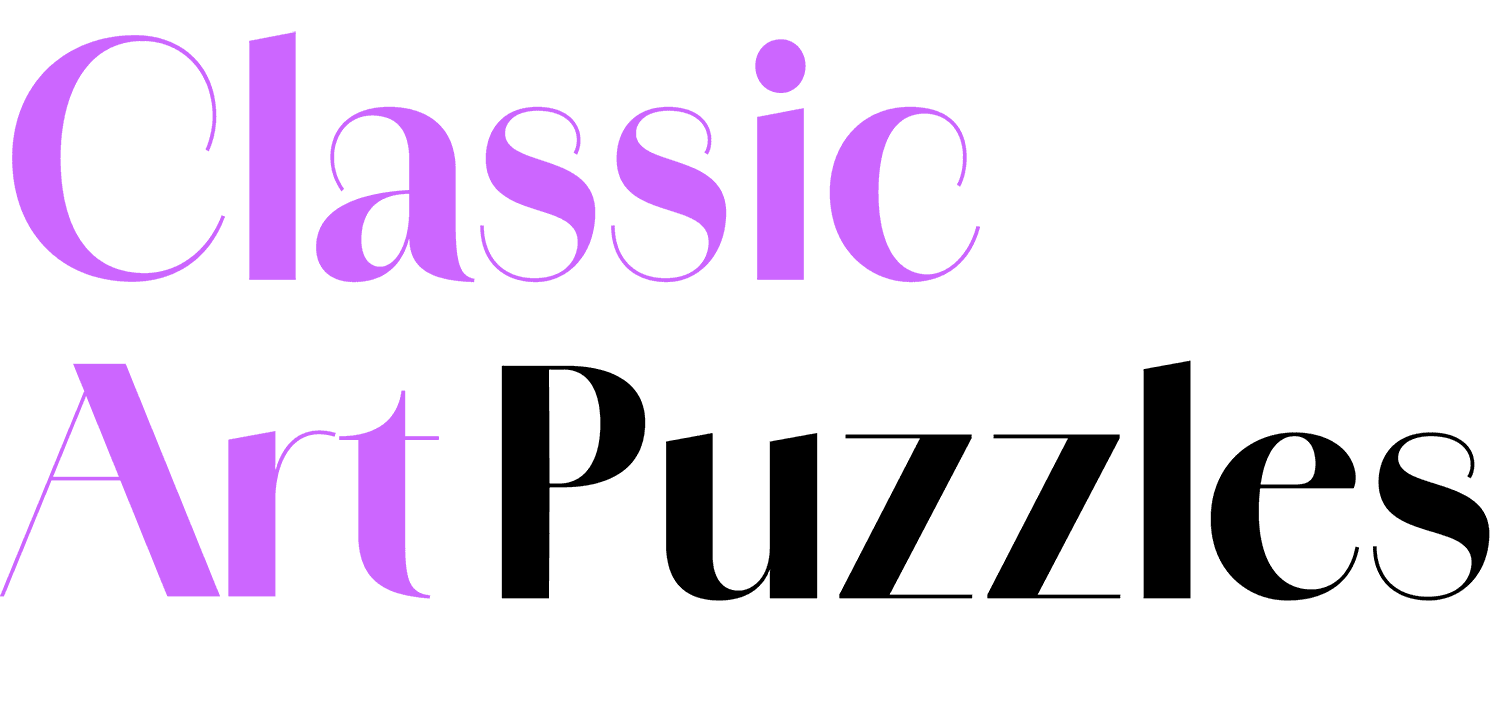Spot the Difference for toddlers offer rewarding and fun for this early age group. These puzzles aren’t just for older kids and adults — they’re a delightful and educational activity for toddlers, too. Designed with bright colors and simple differences, these gentle visual puzzles help very young children begin to notice, compare, and think in new ways.
At ages 2 to 4, children are just starting to explore the world around them with focused attention. That’s exactly why Spot the Difference is such a valuable early learning tool. It offers fun, hands-on practice in observation, memory, and concentration — all through play.
Let’s take a closer look at how to introduce these puzzles to toddlers, what kinds work best, and how they support healthy brain development.
Why Spot the Difference Puzzles Are Perfect for Toddlers
For toddlers, everything is new — shapes, colors, animals, even the idea that two things might “almost” match. Spot the Difference puzzles gently introduce that idea through a safe, playful structure.
Here’s what toddlers gain from these puzzles:
- Improved observation skills – Helps children learn to notice details
- Visual comparison practice – Builds the idea of “same” and “different”
- Language development – Talking about the differences boosts vocabulary
- Fine motor skills – If they’re pointing, circling, or moving pieces, their fingers are learning, too
- Confidence and independence – Each “found” difference is a small success
The best part? Toddlers don’t see these as exercises. They see fun pictures and exciting discoveries — just the way learning should be.
What Makes Spot the Difference for Toddler-Friendly?
Spot the Difference for toddlers must be designed for their age and stage. This means using simple visuals, clear differences, and familiar themes that they can relate to.
Here’s what to look for:
1. Number of Differences: Start with Just a Few
For toddlers, 3 large and obvious differences are enough. Too many can feel confusing or frustrating. The goal is to create small wins that encourage attention and curiosity.
2. Bright, Simple Artwork
Toddlers respond best to bold shapes and cheerful colors. Look for puzzles that avoid visual clutter and focus on one or two big objects per scene.
Ideal art styles include:
- Cartoon animals with friendly faces
- Everyday objects like fruits, toys, or vehicles
- Simple outdoor scenes with the sun, clouds, or animals
3. Familiar Themes and Gentle Humor
Choose themes that toddlers already understand. This helps them engage more quickly.
Examples include:
- A picnic with missing food
- A smiling elephant with mismatched ears
- A toy shelf with one item swapped
These themes invite curiosity and give grown-ups a chance to ask playful questions like: “Where did the cookie go?” or “What’s different about that giraffe?”
4. Durable, Toddler-Safe Formats
For this age group, puzzle format matters. Choose:
- Thick board books or lay-flat photo books – Easy to handle and hard to damage
- Printable puzzles with large images – Great for at-home activities
- Digital flipbooks on tablets – Tap to zoom and explore together (best with adult supervision)
Avoid anything too small, sharp, or text-heavy. Visual puzzles for toddlers should be hands-on, not hands-off.
Tips for Making Puzzle Time Fun and Educational
Spot the Difference for toddlers becomes even more effective when paired with interaction and storytelling. Here are some gentle ways to guide your toddler through puzzle play:
- Sit side-by-side – Make it a bonding activity, not a test
- Talk about what you see – Describe shapes, colors, and positions
- Use simple prompts – Try saying, “Can you find what’s different?” or “I see something funny on this page!”
- Celebrate each find – Every correct answer is a moment of encouragement
- Let them lead – If they want to guess or tell their own story, follow their flow
The goal isn’t perfection — it’s joyful exploration.
Sample Puzzle: Spot the Difference for Toddler
Scene: Two pictures of a cheerful park with a slide, sun, and dog
Differences:
- One sun has sunglasses
- The dog in one picture has a bone
- The slide is missing its ladder in one version
These are the kinds of playful visuals that spark both giggles and growth.
Final Thoughts: Little Puzzles with Big Benefits
At first glance, Spot the Difference might seem too simple. But for toddlers, it’s just right. These puzzles build essential early skills while keeping things light, colorful, and fun.
You don’t need anything fancy — just two pictures and a curious little mind ready to explore. And with the right design, even the smallest difference becomes a big discovery.



